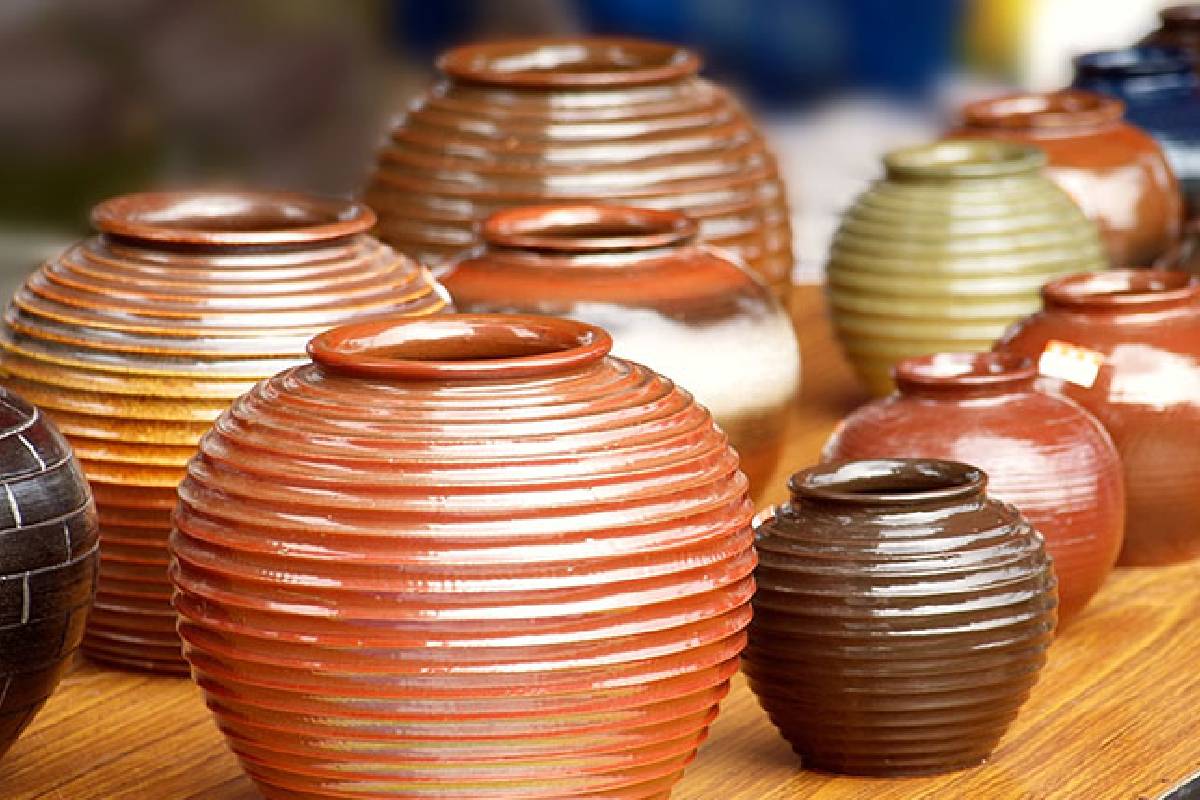
Both ceramics and potteries have been employed by humankind for millenniums. They are not modern inventions, rather were used even in prehistoric eras. But if you ask the average person, they will not be able to define, precisely, either one of those terms. Today, we take a look at what both these words mean.
• What is ceramic?
Anything made from a material which is permanently altered by heat is called a ceramic. A perfect example of it is clay heated or fired at a temperature range of 350 to 800 degree Celsius. Ordinary clay has a chemical structure which includes bonded water. It is why, when dried-clay is dipped in water, it breaks down. On the other hand, fired clay removes that bonded water structure and turns it into ceramic which ensures that it doesn’t dissolve.
Besides clay, there can be other ceramic materials also. One example is glaze because it too is permanently modified after heating. For industrial use, silica carbide and zirconium oxide are appropriated as ceramics. Ceramic can be employed to make glazed utensils or to create art and sculptures. Clay sculptures are the more common example of ceramics. A person who creates them is called a ceramic artist whereas a ceramist is a person who utilises ceramics either in an industrial setting or as an individual.
• What is pottery?
The word pottery and pot come from the Old English word “potian” which means to push. It is believed that the term was used because when pottery is being made, clay is thrown on a wheel and then pushed around to make a container. It is the process that gave its name.
Any container that is made using clay can be called pottery. With the birth of the modern era, pottery is no more limited to vessels meant to hold things. Studio pottery has become much prevalent. These are ‘art pottery’ made by artistic individuals or commercial companies as display or showcases pieces.
Whereas, commercial pottery is either made in factories or small industries. They are mass produced, and within day hundreds of pounds of clay are employed to make large quantities of ceramic wares such as dozens of cups and saucers.
In simpler words, pottery is used to make containers that are utilised by people in everyday life. A typical example would be a vase for flowers, or a bowl meant for keeping fruits.
